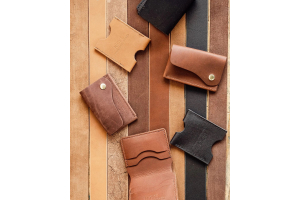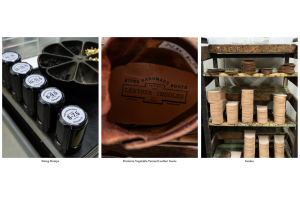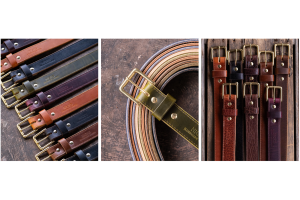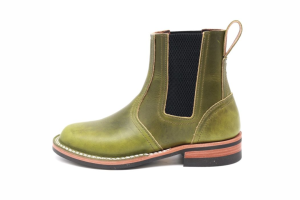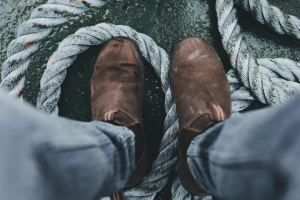How To Keep Feet Warm While Hunting: Tips And Tricks

Key Takeaways:
- The Importance of Proper Gear: Invest in insulated, waterproof boots and moisture-wicking socks to keep your feet warm and dry in harsh hunting conditions.
- Layering for Optimal Warmth: Combine sock liners with insulating layers to manage moisture and trap heat, ensuring consistent comfort during long hunts.
- Circulation and Movement Matter: Keep your core warm, choose boots that allow proper circulation, and move periodically to enhance blood flow and maintain foot warmth.
Imagine standing in the perfect hunting spot, the morning air crisp and quiet—only to have your focus broken by the biting chill creeping into your feet. Cold feet can quickly turn an exciting day into an uncomfortable challenge, making it difficult to stay in the moment and enjoy your hunt. Keeping your feet warm isn’t just a matter of comfort; it’s essential for maintaining your focus and safety in the wild.
At Nicks Boots, we take pride in crafting boots built to meet the demands of hunters who won’t settle for less. With decades of experience and a commitment to quality, our boots combine durability, comfort, and cold-weather performance to ensure you can focus on what matters most—your hunt.
In this piece, we’ll share expert tips and tricks to help you keep your feet warm during hunting trips. Whether braving subzero temperatures or tackling damp terrain, these strategies will keep you prepared and comfortable every step of the way.
Understanding The Challenges Of Cold Weather Hunting
Hunting in cold weather isn’t just about braving the chill; it’s about managing the unique challenges of low temperatures and unpredictable conditions. The cold can impact everything from your body’s ability to regulate temperature to your gear's performance in the field.
One of the biggest challenges is maintaining warmth in your extremities, like your feet, where circulation is naturally reduced in colder weather. Improper insulation, dampness from sweat or environmental moisture, and wind exposure can quickly lead to cold, uncomfortable, or even frostbitten feet. Knowing these challenges is the first step to addressing them effectively.
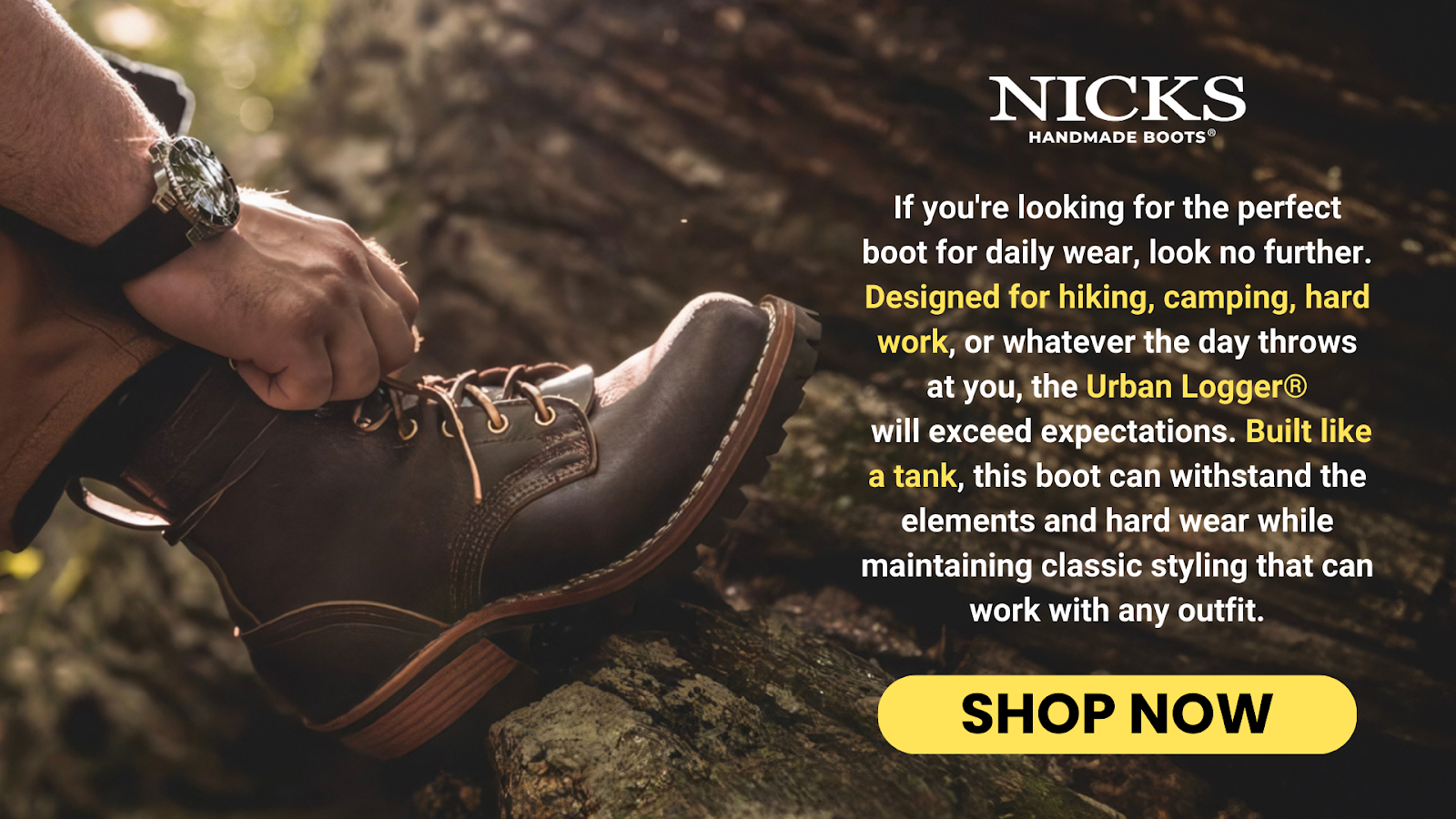

Choose The Right Boots For Hunting In Cold Weather
The right hunting boots can make or break your hunting experience in cold weather. Poorly designed or ill-suited boots can leave your feet cold, wet, and uncomfortable, removing the joy of being outdoors. Here’s how to ensure your boots are up to the challenge:
Look For Durable, Weather-Resistant Materials
Boots made from durable materials, such as full-grain leather, offer excellent protection against the elements. These tough materials provide natural resistance to water, wind, and cold. This ensures your boots can handle rugged terrain and extreme weather conditions without compromising performance.
Prioritize Insulation For Warmth
Proper insulation is key to keeping your feet warm in freezing temperatures. Boots with materials like Thinsulate or wool linings are designed to trap heat while remaining breathable, so your feet stay comfortable even during long hunts. Check the insulation rating to match your boots with your conditions in the field.
Opt For Waterproof Construction
Moisture is one of the biggest culprits for cold feet, so waterproof boots are a must. Look for features like sealed seams, which keep external water out while allowing sweat to escape. This dual function prevents your feet from getting wet and losing heat due to evaporation.
Layering: The Key To Warm Feet
Layering isn’t just for your body—it’s an essential strategy for keeping your feet warm during a hunt. Properly layered footwear helps maintain consistent warmth while wicking away moisture that could lead to discomfort. Here’s how to layer effectively:
- Start with a Moisture-Wicking Base Layer: The first layer in your footwear system should be a moisture-wicking sock liner. Made from materials like merino wool, these liners pull sweat away from your skin to keep your feet dry. Dry feet retain heat better, preventing cold-related discomfort during extended hunts.
- Add an Insulating Mid-Layer: Wear a thicker insulating sock over your sock liner. These socks are typically made from wool or thermal materials that trap heat close to your skin. Combining a wicking base layer and an insulating mid-layer creates a powerful defense against the cold.
- Ensure Proper Fit with Your Layers: Layering requires enough space in your boots to accommodate multiple socks without cutting off circulation. Tight layers can restrict blood flow, making your feet colder rather than warmer. Choose boots with enough room to layer comfortably while maintaining a snug, supportive fit.
Selecting High-Quality Hunting Socks
Socks play a crucial role in keeping your feet warm while hunting. A good pair of hunting socks provides insulation, helps manage moisture, and enhances overall comfort. Here’s what to look for when choosing the perfect hunting socks:
- Choose Materials Designed for Warmth: Wool, particularly merino wool, is the gold standard for hunting socks. It provides excellent insulation even when wet and wicks moisture away from your skin. Unlike cotton, which holds onto moisture, wool keeps your feet warm and dry throughout your hunt.
- Look for Reinforced Designs: High-quality hunting socks often feature reinforced heels and toes for added durability and comfort. These reinforcements prevent wear and tear during long treks while offering extra cushioning in high-pressure areas. This combination ensures your socks last longer and perform better in rugged conditions.
- Opt for Proper Thickness Based on Conditions: The thickness of your socks should match the weather and your activity level. Thicker socks are better for colder conditions but may require extra room in your boots. Lightweight options are suitable for milder temperatures or when you need greater flexibility.
The Role Of Insoles In Keeping Feet Warm
Insoles are often overlooked but are critical to keeping your feet warm and comfortable during a hunt. They provide additional insulation, cushioning, and support to protect your feet from the cold ground. Here’s how the right insoles can make a difference:
Add Thermal Insoles For Extra Warmth
Thermal insoles are specifically designed to retain heat and prevent cold from seeping through the soles of your boots. Made from insulating materials like foam or reflective layers, these insoles are a barrier between your feet and the cold terrain. They’re an excellent upgrade for boots that lack built-in insulation.
Choose Insoles For Proper Support
Supportive insoles improve comfort and enhance blood circulation by evenly distributing pressure across your feet. Good circulation is essential for maintaining warmth in cold weather. Look for insoles with arch and heel support to align your feet and prevent fatigue during long hunts.
Replace Worn-Out Insoles Regularly
Worn or flattened insoles lose their ability to effectively insulate and support feet. Replace them regularly to ensure maximum performance and protection. Fresh insoles can restore the warmth and comfort you need to focus on your hunt.
Proper Boot Maintenance For Cold Weather Performance
Even the best boots can fail to keep your feet warm if they’re not well-maintained. Regular care ensures your boots stay waterproof, insulated, and durable for every hunt. Here are the key steps to keep your boots in top condition:
Clean Your Boots After Each Hunt
Dirt, mud, and debris can damage your boots’ materials over time, reducing their effectiveness in keeping out the cold. After each hunt, wipe down your boots with a damp cloth and allow them to dry naturally. Avoid direct heat sources, which can warp the material and compromise insulation.
Reapply Waterproofing Treatments
Boots lose their waterproofing over time, especially after exposure to harsh conditions. Use a high-quality waterproofing spray or wax to restore their protective barrier. Regular reapplication prevents moisture from seeping in, keeping your feet dry and warm.
Check For Wear And Tear
Inspect your boots regularly for signs of wear, such as cracks, loose stitching, or thinning soles. Addressing these issues early can prevent them from worsening and impacting the boot’s performance. Well-maintained boots ensure you stay warm and comfortable on every hunt.
Additional Tips To Stay Warm While Hunting
Beyond boots and socks, there are several strategies to keep your feet warm while hunting. These tips help maintain body heat, improve circulation, and ensure comfort in cold weather. Here are a few proven methods to enhance your cold-weather hunting experience:
Keep Your Core Warm To Improve Circulation
Maintaining your body’s core temperature is critical for keeping extremities like your feet warm. Layer your clothing properly with moisture-wicking, insulating, and windproof layers. When warm, your body naturally directs better blood flow to your feet, keeping them comfortable.
Use Heated Accessories For Extra Warmth
Heated insoles or electric socks can be a game-changer for hunting in freezing conditions. These battery-powered devices provide consistent warmth to your feet, even during extended periods of inactivity. They’re an excellent addition when standard insulation isn’t enough.
Take Breaks To Move And Stretch
Cold feet often result from prolonged periods of sitting or standing still. Take breaks to move around, wiggle your toes, or stretch your legs to boost circulation. These small actions can significantly improve warmth and prevent stiffness during your hunt.
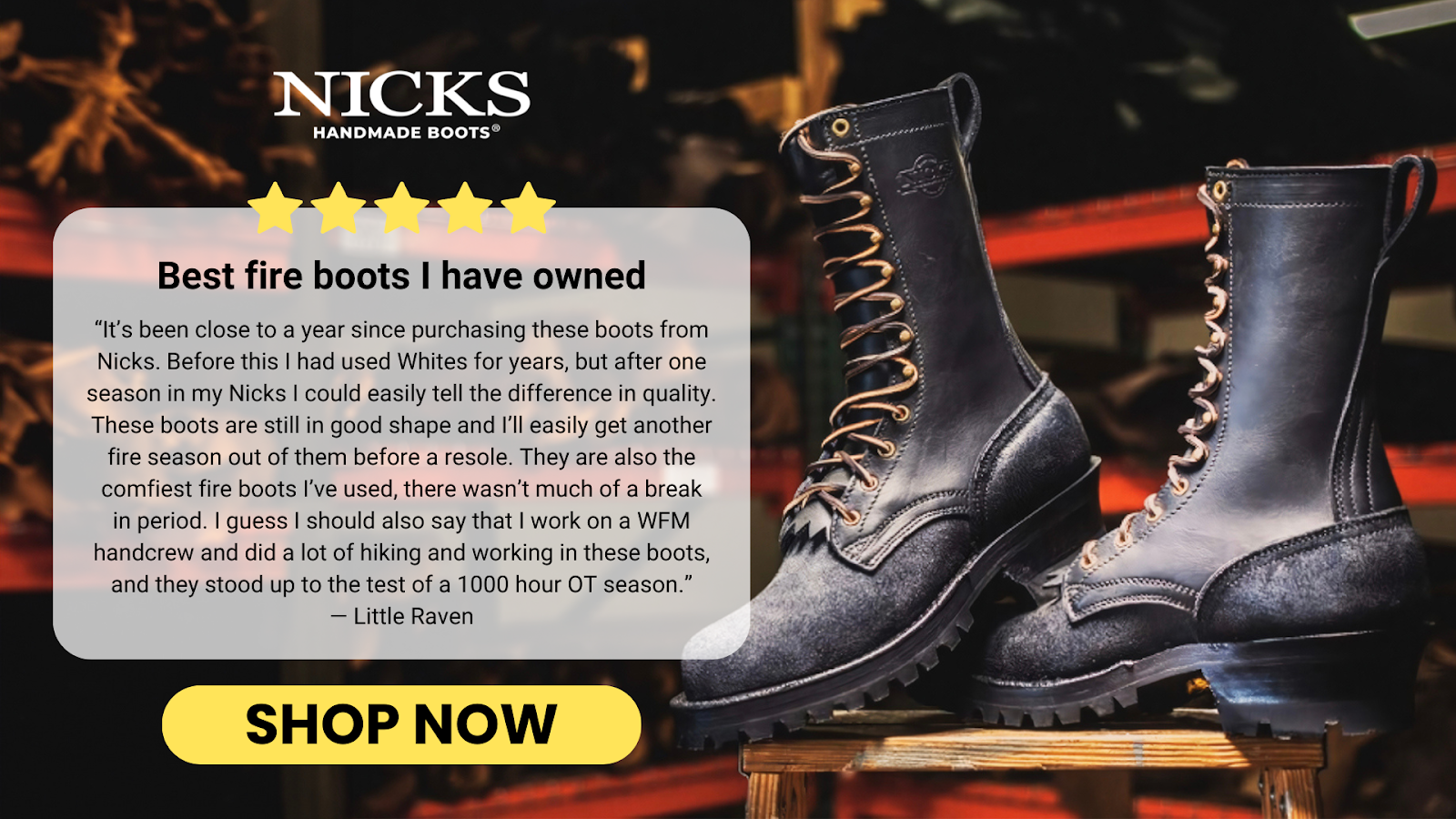

Final Thoughts
Hunting in cold weather tests your resilience and preparedness, making warm feet a cornerstone of a successful outing. Beyond being a comfort issue, keeping your feet warm ensures you can stay focused, agile, and safe in the unpredictable conditions of the wild. With the right strategies, gear, and a commitment to proper care, you can confidently embrace the challenges of cold-weather hunting.
Your feet are your foundation in the field, and investing in their warmth is an investment in the entire experience. Whether you select premium insulated boots, incorporate advanced layering techniques, or use innovative accessories, every step toward warmth is a step closer to fully enjoying the hunt. The wilderness is best savored without distraction, and warm feet make it possible to stay grounded in the moment and truly connect with the adventure.
Read also:
Frequently Asked Questions About How To Keep Feet Warm While Hunting
Why do my feet get cold even with insulated boots?
Feet often get cold due to poor circulation or moisture buildup from sweat. Insulated boots help retain heat, but adding moisture-wicking socks and keeping your body warm will enhance their effectiveness.
Are chemical toe warmers safe to use in hunting boots?
Yes, chemical toe warmers are safe and effective for temporary warmth. Ensure they don’t restrict circulation or overheat, as this could lead to discomfort.
How can I prevent sweat from making my feet cold?
Wear moisture-wicking sock liners to pull sweat away from your skin. Pair them with insulating socks to trap heat while keeping your feet dry.
Is it better to wear tight or loose boots in cold weather?
Tight boots can restrict circulation and make your feet colder. Choose boots with enough room for layers and proper blood flow to maintain warmth.
How can I keep my feet warm during extended sitting?
Use heated insoles or bring an insulated pad to rest your feet on. Moving your toes periodically can also improve blood flow and keep warmth circulating.
Do heated socks work for hunting in extreme cold?
Yes, heated socks provide consistent warmth, especially during prolonged inactivity. They are a great option for hunts in freezing conditions.
What type of socks are best for cold-weather hunting?
Merino wool socks are excellent for their insulation and moisture-wicking properties. Avoid cotton socks, as they retain moisture and make your feet colder.
How does body warmth affect foot warmth?
When your core is warm, your body directs better blood flow to extremities like your feet. Properly layering your upper body can significantly improve foot warmth.
Are there alternatives to heated accessories for keeping feet warm?
Alternatives include layering socks, using thermal insoles, and ensuring proper boot insulation. These methods are effective without relying on batteries.
Can wearing too many socks make my feet colder?
Yes, wearing too many socks can tighten your boots, reducing circulation. Proper layering with the right materials is a better approach.
